Invertebrate Course 2022
Signalment:Adult, female, common Atlantic octopus (Octopus vulgaris)
History:This octopus was collected from the wild in the Florida Keys, USA and transported to an aquarium in California for public display in January 2022. No significant physical abnormalities were noted at the time of arrival. Within three weeks of accession, the octopusÕs movements appeared uncoordinated and somewhat spastic. There were irregularly shaped areas of skin pallor randomly distributed on multiple arms. No lesions were noted on the mantle. Numerous suckers appeared rigid and did not grasp normally. They were also pale in color and were standing erect away from their attachment to the arm. Despite these physical anomalies, the octopus continued to eat its diet of thawed, frozen grass shrimp, thawed frozen fish, and live feeder goldfish. On day thirty-five, the octopus was sedated by gradually introducing 95% ethanol into its holding tank. The animal was adequately immobilized at a concentration of 2.5%. Multiple affected suckers were excised distal to transfixation sutures. An affected distal arm was similarly excised. The left gill arch was exteriorized from the mantle cavity and an excision biopsy collected. All specimens were preserved in NBF and submitted for histological examination. At the time of surgical biopsy, it was noted that the animal had laid a clutch of eggs in the den, and would likely be senescing gradually over the subsequent weeks to months.
Gross Lesions:The amputated distal arm did not exhibit any color differences at the time of collection due to the effects of the ethanol sedation; a normal finding. The integument was intact. Excised suckers were stiff and extended. The margins of the suckers curled inward to a slight degree. Excised gill filaments were normal in color and texture.
